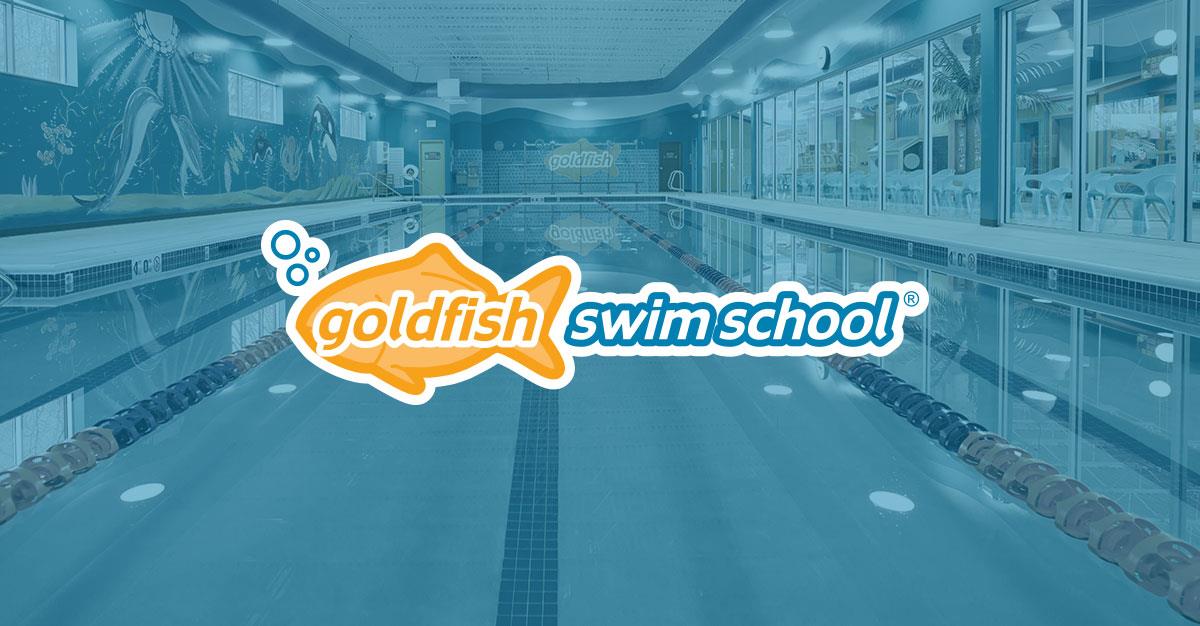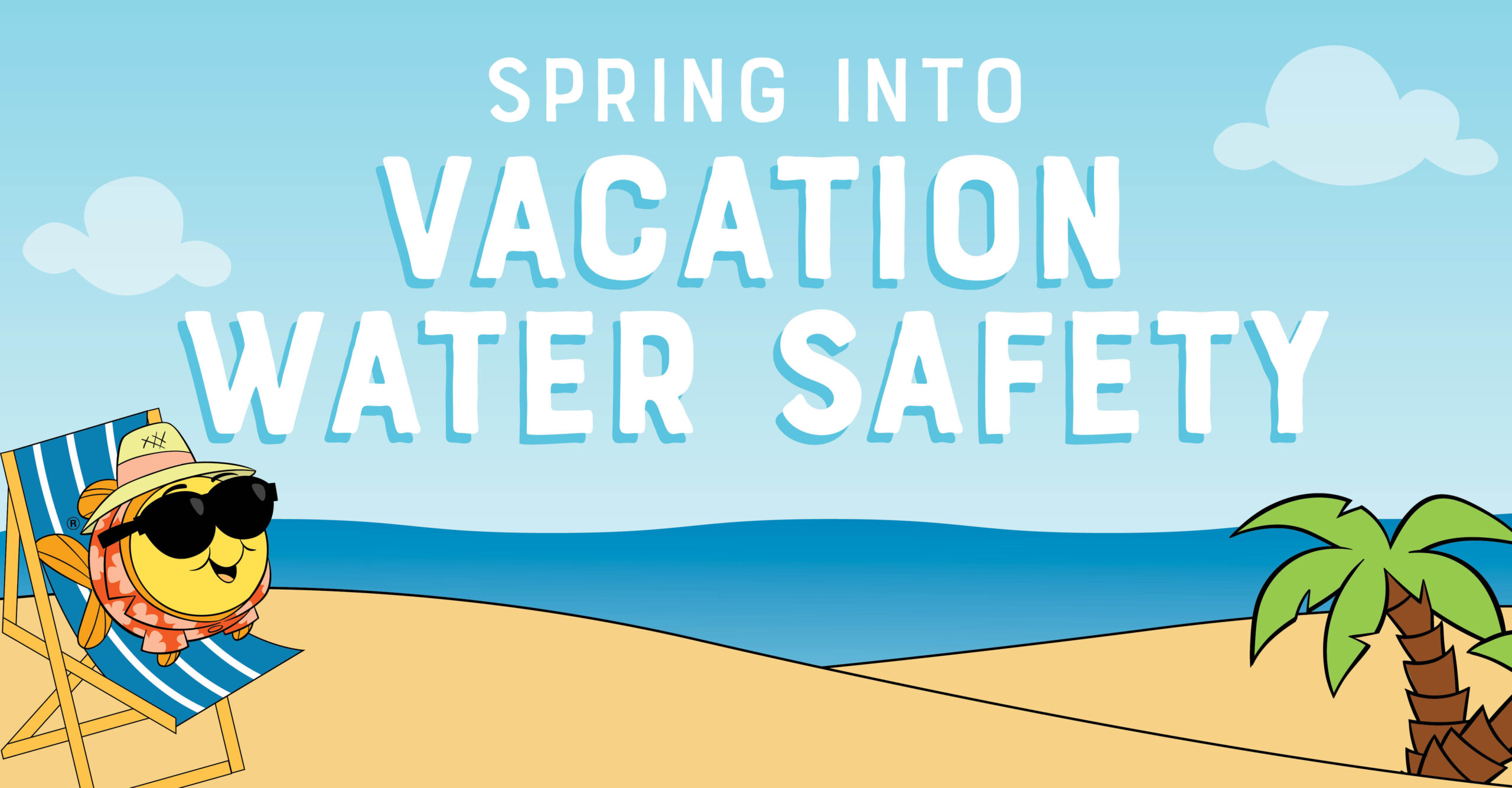Introducing the Four Swimming Strokes

We know that many of our Goldfish parents are new to the pool. And we know that it can sometimes be an overwhelming transition! You’re all of a sudden thrust into an environment with new terminology, new swimwear, new exercises and new equipment-so many new things to learn!
To help you understand the lay of the land, we thought we’d put together a series of posts that introduce you to some of the most common swimming terms, which will hopefully help you communicate with your child as s/he progresses through lessons.
But before we get too heavy into the nitty-gritty lingo, we thought we’d start off with the basics: the four competitive strokes:
- Backstroke – When swimming the backstroke, your face is to the sky because you’re on your back. Think of this as the stroke you learn after you learn how to float. To get moving doing the backstroke, lay on your back, extend your arms straight in front of you, and then, in an alternating fashion, pull your arm (thumbs out) behind your head before landing pinky first into the water. The stroke doesn’t stop when you hit the water. Keep on pulling that arm through until you’ve reached a 360-degree turn. Then repeat with the other arm. While performing this cyclical pattern, your feet will remain in a constant flutter kick, working with your upper body to propel you swiftly through the water. Watch Ryan Lochte perform the backstroke below:
- Butterfly – The butterfly is often the stroke that will be pretty tricky for your child. For this stroke, you are on your stomach in the water. Start by placing both of your arms straight in front of you at the 12 o’clock position, palms slightly tilted outward at about a shoulder’s width apart. For the arm motion, move your arms through the surface of the water downward to perform a semicircular pattern until your arms resurface. While performing this arm movement, your legs should be scurrying through the water in a dolphin-like fashion. For an example, you can watch the video below:
- Freestyle – You’re probably already familiar with the freestyle stroke without even knowing it! It probably was the first stroke you learned as a kid. Freestyle is performed face down, with alternating movement of the arms. Each stroke is performed by driving an arm forward and pushing the water below the surface to propel you forward. Your body (hips and shoulders) should tilt with each arm stroke. As you move your arms, turn your face to the side to breathe. You should always be looking at the bottom of the pool, or to the side, never lifting your head out of the water to look straight ahead. While your arms are rotating, your legs should be in a constant flutter kick. Check out Michael Phelps doing the freestyle below:
- Breaststroke – The breaststroke is the fourth and final competitive swim stroke. In fact, it reminds a lot of people of the movement of a frog! Start face down in the water with your arms at your side. For the arm motion, push your hands forward (about shoulder-width apart) all the way before settling into a curvature motion, each arm pressing away from your body, through the water and then back to it to complete the circle. Each time your hands meet in front of you, bring your chest out of the water to take a breath.
After your arms complete the circle, your legs will alternate the movement, starting with your legs bent and pulled up near your waist, and then propelling outward and backward in a snapping motion as they complete the full circle, pushing your body forward.
And that’s it for competitive strokes! Of course, at a higher level, there will be many different races that your child can compete in that incorporate each of these strokes. For instance, 100 m breaststroke, 200 m butterfly or the 4×200 m freestyle. But we’ll save the details of those for later.
We hope that this brief introduction leaves you more comfortable talking to your kids about what they’ve learned at their local swimming lessons. And since you’ve got the basics down, don’t just watch them; head to a family swim and practice with them!
Photo Credit: Flickr’s Shallowford Lakes



